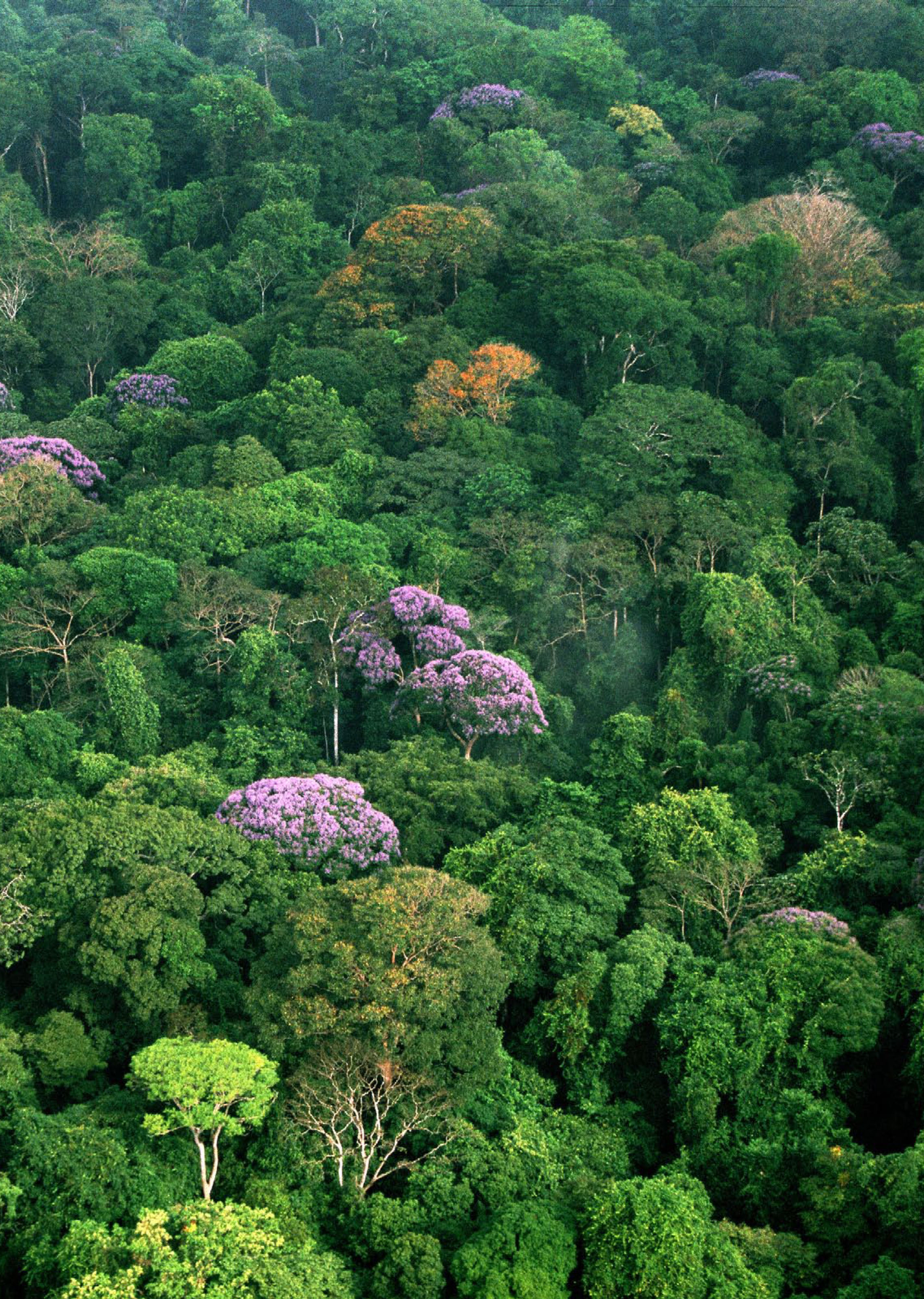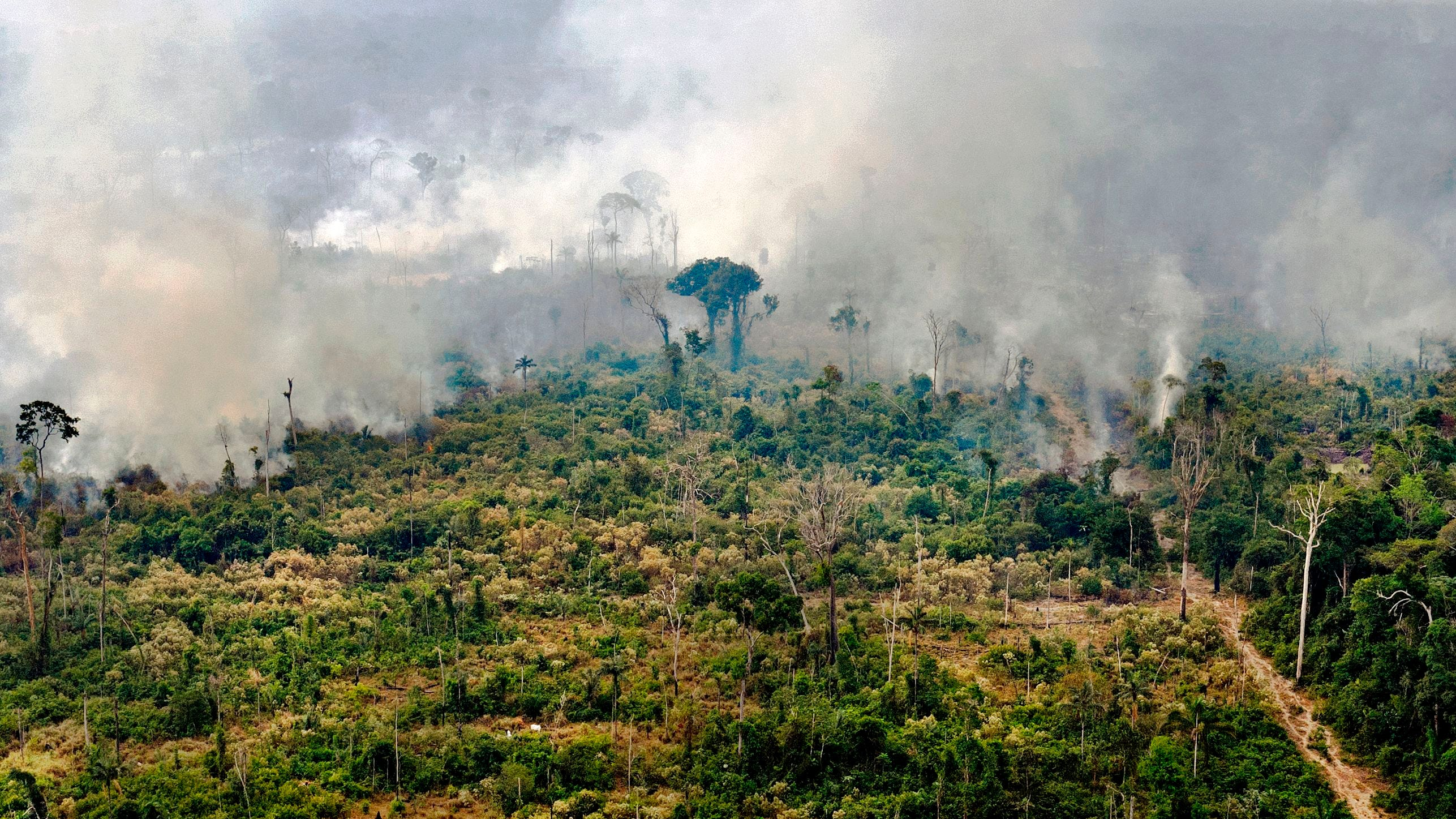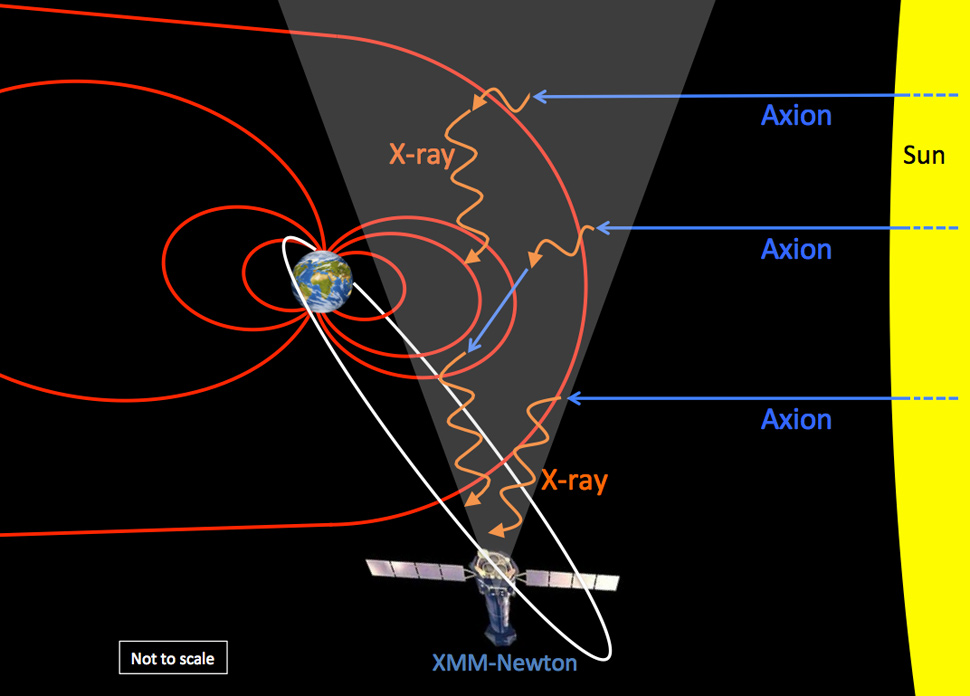The tropical forest canopy, often referred to as the Earth’s green umbrella, plays a pivotal role in regulating climate and supporting biodiversity. This upper layer of mature trees acts as a vital indicator of forest health and ecosystem productivity, essential for combating climate change. Recent advancements, such as NASA’s GEDI technology, have revolutionized forest health monitoring, allowing for unprecedented insights into how these canopies are affected by global warming. As climate change impacts intensify, understanding the dynamics of these towering structures becomes increasingly crucial for carbon storage forests and their ability to sequester carbon. By studying variations in canopy height, scientists can better appreciate how these forests might respond to environmental stressors, paving the way for effective conservation strategies.
The upper layers of tropical forests, commonly known as forest canopies, are essential for sustaining the planet’s climate and biodiversity. This green mantle not only enhances ecosystem productivity but also serves as a barometer for the health of the forest itself. With innovative tools like NASA’s Global Ecosystem Dynamics Investigation (GEDI), researchers can closely observe and comprehend the impact of climate change on these vital structures. By assessing the variations in canopy height, scientists can identify regions at risk and facilitate enhanced carbon storage in these invaluable ecosystems. Therefore, monitoring these tree tops becomes indispensable for devising effective climate responses and preserving biodiversity.
The Significance of Tropical Forest Canopy in Ecosystem Health
The tropical forest canopy plays a crucial role in maintaining the health of our planet’s ecosystems. Often referred to as the upper layer composed of mature trees, this canopy not only harbors an incredible diversity of species but also serves as a natural air filter, enhancing air quality. As the uppermost layer of the forest, it captures sunlight, which is essential for photosynthesis, thereby driving ecosystem productivity. The forest canopy’s structure can determine the overall health of the forest, influencing critical factors such as biodiversity and climate resilience.
Moreover, tropical forests, often termed Earth’s lungs, contribute immensely to carbon storage, sequestering significant amounts of atmospheric carbon dioxide. As climate change accelerates, understanding the dynamics of the tropical forest canopy is more vital than ever. With increasing threats from heat and drought, the ability of these canopies to provide habitat and essential ecosystem services may be jeopardized, calling for meticulous health monitoring and conservation efforts to protect these vital ecosystems.
NASA GEDI Technology and Its Impact on Monitoring Forest Health
The Global Ecosystem Dynamics Investigation (GEDI) technology developed by NASA is revolutionizing the way scientists monitor the health of tropical forests. Utilizing advanced LiDAR technology from the International Space Station, GEDI collects precise measurements of canopy height and structure. This data is pivotal in assessing how various environmental factors, including climate change, impact forest health across different regions. The ability to analyze forest canopy height variations helps researchers understand the relationship between tree structure, carbon storage capabilities, and ecosystem resilience.
With GEDI, scientists can examine vast areas of tropical forests previously inaccessible for detailed monitoring. This technology allows for a comprehensive analysis of how climate variables like prolonged dry seasons and extreme heat affect forest dynamics. By assessing the canopy’s vertical structure, researchers can pinpoint areas that are particularly vulnerable to climate change, ensuring that conservation efforts are effectively directed where they are most needed. The innovative use of GEDI technology not only enhances our understanding of forest ecosystems but also strengthens the framework for developing targeted climate resilience strategies.
The Role of Climate Change in Shaping Tropical Forest Canopy Height
Climate change poses significant threats to the tropical forest canopy, with its impacts frequently altering the delicate balance of these ecosystems. As temperatures rise and dry seasons extend, the health and structure of forest canopies are put at risk. Research indicates that almost 75% of the variations in canopy height can be attributed to factors driven by climate change, such as temperature fluctuations, drought intensity, and changes in solar radiation. The implications of these changes are profound, particularly in regions like the southern Amazon, where heightened drought conditions adversely affect overall canopy height and forest health.
Understanding how climate change influences canopy dynamics is crucial for assessing carbon storage potential. As taller canopies typically correlate with higher biomass and carbon storage, changes in elevation and canopy height directly affect the forest’s ability to sequester carbon. Consequently, as we monitor canopy health, it becomes evident that strategies to mitigate climate change are interconnected with the conservation and management of tropical forests. Effective policies aimed at addressing climate change impacts are essential for preserving these critical ecosystems and ensuring their continued contributions to global carbon storage.
Ecosystem Productivity and Its Connection to Canopy Structures
The productivity of tropical ecosystems is intricately linked to the structural characteristics of their forest canopies. Canopy height and foliage density directly influence the amount of sunlight that penetrates to lower forest layers, impacting photosynthesis rates and overall productivity. A healthy and structurally diverse canopy can enhance nutrient cycling and habitat availability, contributing to robust ecosystems that support a wide range of plant and animal species. Therefore, preserving the forest canopy is crucial not just for biodiversity, but also for maintaining the productivity that sustains these intricate ecological webs.
As climate change continues to alter environmental conditions, understanding the interdependencies between canopy structures and ecosystem productivity becomes increasingly crucial. The research utilizing NASA’s GEDI technology underscores the importance of monitoring canopy dynamics as a method of assessing ecosystem health. By analyzing the variability in canopy height across different regions, scientists can identify shifts in productivity patterns caused by climate-related stressors such as heat and prolonged droughts. This knowledge is essential for implementing conservation strategies aimed at enhancing ecosystem resilience to climate change.
Conservation Strategies for Protecting Tropical Forest Canopies
Effective conservation strategies are imperative for safeguarding tropical forest canopies amidst the rising threats of climate change. Understanding the complexity of forest dynamics requires a multi-faceted approach that includes monitoring health indicators, such as canopy height, and prioritizing interventions in vulnerable regions. By incorporating satellite technologies like NASA’s GEDI, conservationists can identify critical areas for protection and develop data-driven strategies aimed at enhancing forest resilience against climatic impacts.
These strategies must also focus on engaging local communities and stakeholders to ensure sustainable management practices. Promoting awareness about the significance of tropical forests in climate mitigation efforts is essential. Additionally, adaptive management techniques that consider the predicted changes due to climate change can help ensure the long-term health of forest canopies. By working collaboratively, we can enhance our capacity to protect these invaluable ecosystems, ensuring they continue to thrive in the face of adversity.
The Future of Tropical Forests in a Changing Climate
As we look into the future of tropical forests amidst escalating climate change, the challenges ahead are significant yet surmountable with concerted efforts. The findings from studies using NASA’s GEDI technology stress that while climate change is a substantial threat, understanding the factors impacting canopy health can pave the way for effective mitigation strategies. These forests hold not only ecological significance but also vital roles in global carbon storage and biodiversity conservation, making their preservation paramount.
Community involvement, informed by scientific research, will be crucial in developing sustainable practices that balance ecological health with economic needs. Policymakers must prioritize tropical forests in climate strategies, recognizing that they serve as carbon sinks, thus playing an indispensable role in mitigating climate change. By fostering adaptation and resilience strategies, we can secure a brighter future for tropical forests, ensuring their continued contribution to planetary health and climate stability.
Forest Health Monitoring: The Key to Understanding Ecosystem Changes
Monitoring forest health is critical for understanding the ongoing changes in tropical ecosystems, especially as they relate to climate change impacts. With advanced technologies like NASA’s GEDI, researchers are better equipped to analyze the structural changes in forest canopies, which serve as indicators of broader ecosystem health. Frequent assessments and data collection allow for timely interventions and adjustments in conservation strategies, enhancing the capability to mitigate adverse effects driven by climate change.
By prioritizing forest health monitoring, we gain insights into how ecosystems are responding to environmental changes and the efficacy of current management practices. This knowledge is essential for developing adaptive strategies that not only protect these vital habitats but also ensure their enduring resilience against future climate challenges. Monitoring efforts must be supported by robust policies that secure funding and resource allocation, enabling comprehensive data collection and analysis across diverse forest regions.
The Interdependence of Forest Canopy and Global Climate Systems
The interdependence of tropical forest canopies and global climate systems underscores the profound influence these ecosystems have on overall planetary health. The canopy acts as a buffer, regulating temperatures and influencing local weather patterns, thereby emphasizing its crucial role in climate regulation. Understanding this relationship is essential as shifts in climate patterns directly affect forest dynamics, impacting not only flora and fauna but also human populations that rely on these ecosystems for resources and livelihoods.
Research from NASA emphasizes that changes in canopy height and structure due to climate change can reverberate across global climate systems, affecting carbon cycles and atmospheric conditions. By fostering deeper insights into this relationship, we can take meaningful actions to protect and restore forest health, thereby contributing positively to global climate stability. Collaborative international efforts to monitor these dynamics are vital for deploying effective climate adaptation and mitigation strategies that honor the integral role of tropical forest canopies in our Earth’s climate system.
Future Directions in Tropical Forest Research: Prioritizing Policy and Action
The future of tropical forest research hinges on the effective integration of scientific findings into policy and actionable strategies. As the effects of climate change become increasingly pronounced, the information gained from studies employing NASA’s GEDI technology can guide decision-makers on where to focus conservation efforts. Ensuring that research findings translate into effective policy not only helps in protecting biodiversity but also strengthens the forests’ role in carbon storage and climate mitigation.
Looking ahead, expanding research efforts to include diverse forest types and management practices will enhance our understanding of tropical forest dynamics. Policymakers must also prioritize areas showing vulnerability to climate change, encouraging proactive measures that involve local communities. By aligning scientific research with actionable policy frameworks, we can foster resilient tropical forest ecosystems that adapt to climatic changes while continuing to provide essential services to our global community.
Frequently Asked Questions
How do tropical forest canopies contribute to carbon storage?
Tropical forest canopies play a vital role in carbon storage as they generally consist of tall, mature trees that capture and store higher amounts of carbon dioxide. The upper layers of trees, which form the canopy, contribute significantly to above-ground biomass, thus enhancing the forest’s ability to sequester carbon. This functionality makes tropical forests essential for mitigating climate change.
What impact does climate change have on the tropical forest canopy?
Climate change significantly impacts the tropical forest canopy by influencing forest health, reducing canopy height, and altering ecosystem productivity. Increased heat and prolonged drought during dry seasons can negatively affect tree growth, leading to diminished canopy heights and, consequently, decreased carbon storage capacities.
How does NASA GEDI technology monitor tropical forest canopy health?
NASA’s Global Ecosystem Dynamics Investigation (GEDI) employs advanced LiDAR technology to monitor the vertical structure and health of tropical forest canopies. By using laser measurements from space, GEDI captures detailed data about canopy height, leaf density, and biomass, enabling scientists to analyze changes and assess the effects of climate change on these critical ecosystems.
What are the key environmental drivers of variation in tropical forest canopy height?
The key environmental drivers affecting tropical forest canopy height include climate conditions (such as temperature and moisture), topography (elevation), and soil characteristics. Research indicates that these factors account for nearly three-quarters of variations in canopy height, influencing overall forest health and ecosystem productivity.
Why is monitoring tropical forest canopies important for ecosystem productivity?
Monitoring tropical forest canopies is crucial for understanding ecosystem productivity because the height and structure of canopies directly affect light availability, species diversity, and overall forest health. Healthy canopies support a robust ecosystem, enhancing biodiversity and improving carbon storage, which is vital for mitigating climate change.
What regions are most affected by climate change in relation to tropical forest canopies?
Regions most affected by climate change concerning tropical forest canopies include the southern Amazon, where extended dry seasons have been linked to reducing canopy heights. Additionally, variations in humid and arid conditions across tropical forests in Africa and South America present diverse challenges caused by climate variability, influencing canopy structure and health.
How can protecting tropical forest canopies help in climate change mitigation?
Protecting tropical forest canopies is crucial for climate change mitigation as these forests are significant carbon sinks. By maintaining healthy, tall canopies, we can enhance carbon storage and biodiversity, thus playing a vital role in reducing atmospheric carbon levels and counteracting global warming.
What role does ecosystem productivity play in the health of tropical forest canopies?
Ecosystem productivity is essential for the health of tropical forest canopies as it reflects the biological activity within these forest layers. Higher productivity leads to greater biomass development, improved carbon storage, and resilience against climate change impact, ensuring that the canopy remains robust and capable of supporting diverse wildlife.
| Key Points |
|---|
| The canopy of tropical forests plays a crucial role in carbon storage and ecosystem productivity. |
| NASA’s GEDI technology allows for advanced monitoring of canopy heights across large regions, improving understanding of forest health. |
| Taller canopies are linked with higher carbon storage and can help regulate microclimates by reducing temperatures in heat waves. |
| The study emphasizes the significant influences of elevation, dry seasons, and solar radiation on tropical forest canopy height. |
| Climate change is causing extended dry seasons, particularly impacting the canopy height in the southern Amazon region. |
| Protecting tropical forests is vital for carbon sequestration and biodiversity, and policy adjustments are necessary to address vulnerabilities. |
Summary
The tropical forest canopy is essential for understanding the overall health and carbon storage capabilities of these vital ecosystems. The recent study utilizing NASA’s GEDI technology highlights the varying environmental factors influencing canopy height across different tropical regions. Insights gained from this research not only reveal the complex interactions between climate change and forest dynamics but also underscore the importance of protecting these areas to combat climate change and preserve biodiversity. Promoting effective policies aimed at safeguarding tropical forest canopies is crucial, given their role as carbon sinks and habitats for diverse species.









